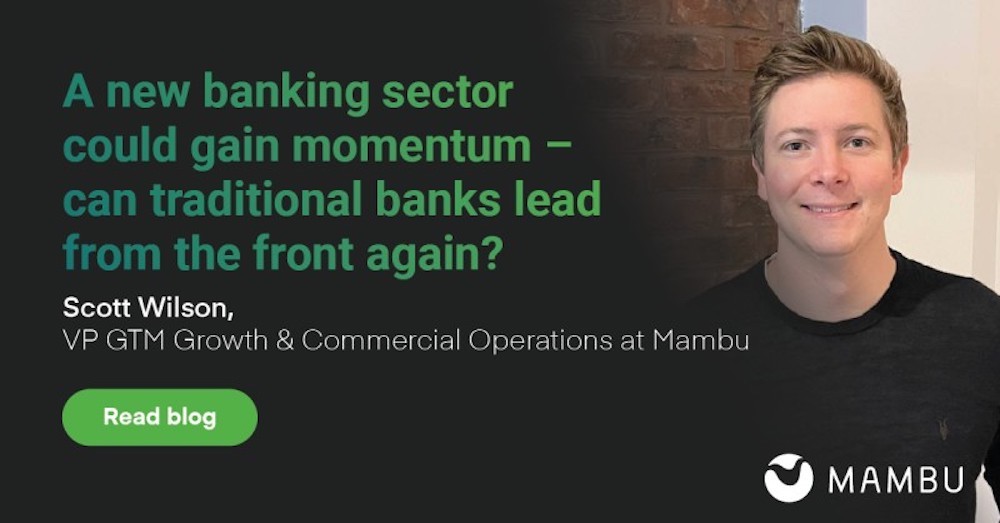
For the purposes of this article I will focus on Google, but you don’t need to look too much further to see that Amazon, Apple, Stripe and Alibaba to name a few have equally made impressive progress in the financial services sector.
5 years ago Google Pay was launched and since then customers in their millions have been tapping to make payments, multiple times a day. Paying for public transport in the morning, lunch at midday and drinks in the evening. Consumers rightly have an itch that needs scratching. The need is a digital customer experience for all their financial services needs.
Welcome again Google, who are to offer co-branded current/checking accounts in partnership with 8 US banks. Consumer and user experience meets reputable banking. Google looks to benefit with access to financial data that informs customer behaviour, but equally the ability to provide additional loyalty programmes. Google’s offering will sit on top of Google Pay, which in turn will sit on top of the existing infrastructure of 1 of the 8 banks.
Ultimately, the customer will receive a consistent Google experience, with enriched data analytics on their spending patterns and availability of offers etc. Half of me can’t help but think these 8 banks have conceded to the fact that they can’t offer this experience to existing or new customers….I promote innovation, but could this have been achieved internally?
Having said this, there are benefits for the banks to partner with Google. They are now able to reach new markets as a result of hyper personalisation through Google’s data algorithms. However, they must equally be asking themselves, why couldn’t we have done this? I am sure the other 10,000+ financial institutions in the US will be reviewing their current customer experience in the very near future, hopefully the question will be answered.
What can the banking sector take away from this?
There are two paths in the context of this scenario. The first, where banks continue to be the infrastructure sitting behind ‘Big Tech’, where services are offered. Or, adapt your bank through upgrading your tech stack to create your own ‘Big Tech’ experience and continue to own the customer experience yourself and not outsource this to a ‘Google’.
Initially, banks will see a partnership with Google as innovative, yes it is to a degree, where new markets will be reached as a result. However, soon enough, Google via their customers are going to demand faster innovation to meet changing market and customer needs. Therefore, meaning that the banks tech stack, especially their core banking platform needs to be one that is digital first, agile, hosted in the cloud and API driven to quickly access the latest market Fintech to respond. Unfortunately, in most cases, core banking systems are built leveraging legacy architectures and one that is deployed on premise.
Hmm, challenging, this may be the first hurdle in this new partnership and have we just come full circle? Is it possible that banks, through proactive digital innovation can achieve customer delight and therefore provide end-to-end customer value without a Google? It would seem that these banks are going to need to innovate in any case. Here are some of the benefits that could be realised with a new Cloud SaaS core banking platform and subsequently sidestepping the need for a ‘Google’ front end.
In summary, I support innovation and understand why Google and others are partnering with institutions in the financial sector. The thought process suggests that even with the partnering, banks are still going to need to invest in their tech stack to meet future needs. This investment in core banking solutions will lead to the benefits mentioned above and more, which in some cases puts less emphasis on the need for a partnership with a ‘Google’ or others. More importantly banks can then own the end-to-end customer experience, which is critical for their future destiny and longevity.
No doubt consumers will end up the true winners when ‘Big Tech’ and Banks partner. Who picks up 2nd place is still to be determined.
The Payments Association
St Clement’s House
27 Clements Lane
London EC4N 7AE
© Copyright 2024 The Payments Association. All Rights Reserved. The Payments Association is the trading name of Emerging Payments Ventures Limited.
Emerging Ventures Limited t/a The Payments Association; Registered in England and Wales, Company Number 06672728; VAT no. 938829859; Registered office address St. Clement’s House, 27 Clements Lane, London, England, EC4N 7AE.







Log in to access complimentary passes or discounts and access exclusive content as part of your membership. An auto-login link will be sent directly to your email.
We use an auto-login link to ensure optimum security for your members hub. Simply enter your professional work e-mail address into the input area and you’ll receive a link to directly access your account.
Instead of using passwords, we e-mail you a link to log in to the site. This allows us to automatically verify you and apply member benefits based on your e-mail domain name.
Please click the button below which relates to the issue you’re having.
Sometimes our e-mails end up in spam. Make sure to check your spam folder for e-mails from The Payments Association
Most modern e-mail clients now separate e-mails into different tabs. For example, Outlook has an “Other” tab, and Gmail has tabs for different types of e-mails, such as promotional.
For security reasons the link will expire after 60 minutes. Try submitting the login form again and wait a few seconds for the e-mail to arrive.
The link will only work one time – once it’s been clicked, the link won’t log you in again. Instead, you’ll need to go back to the login screen and generate a new link.
Make sure you’re clicking the link on the most recent e-mail that’s been sent to you. We recommend deleting the e-mail once you’ve clicked the link.
Some security systems will automatically click on links in e-mails to check for phishing, malware, viruses and other malicious threats. If these have been clicked, it won’t work when you try to click on the link.
For security reasons, e-mail address changes can only be complete by your Member Engagement Manager. Please contact the team directly for further help.